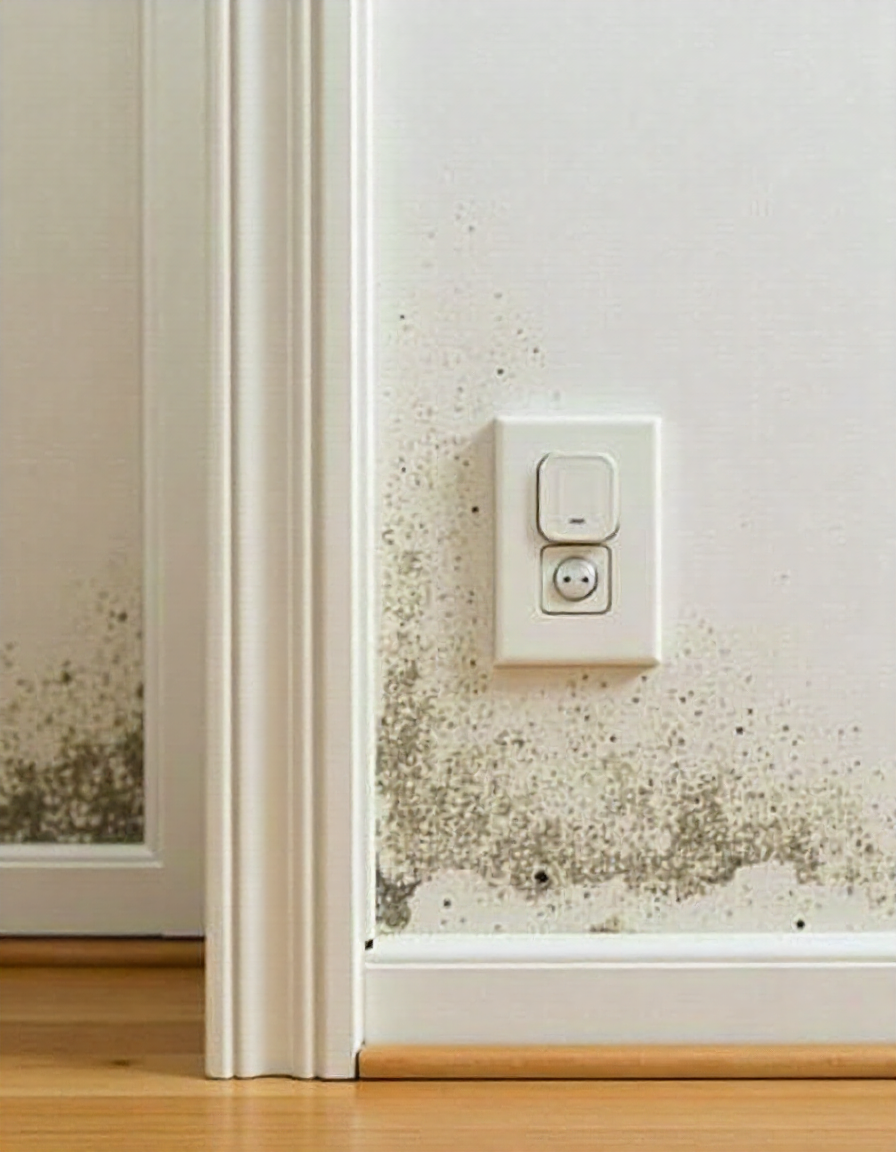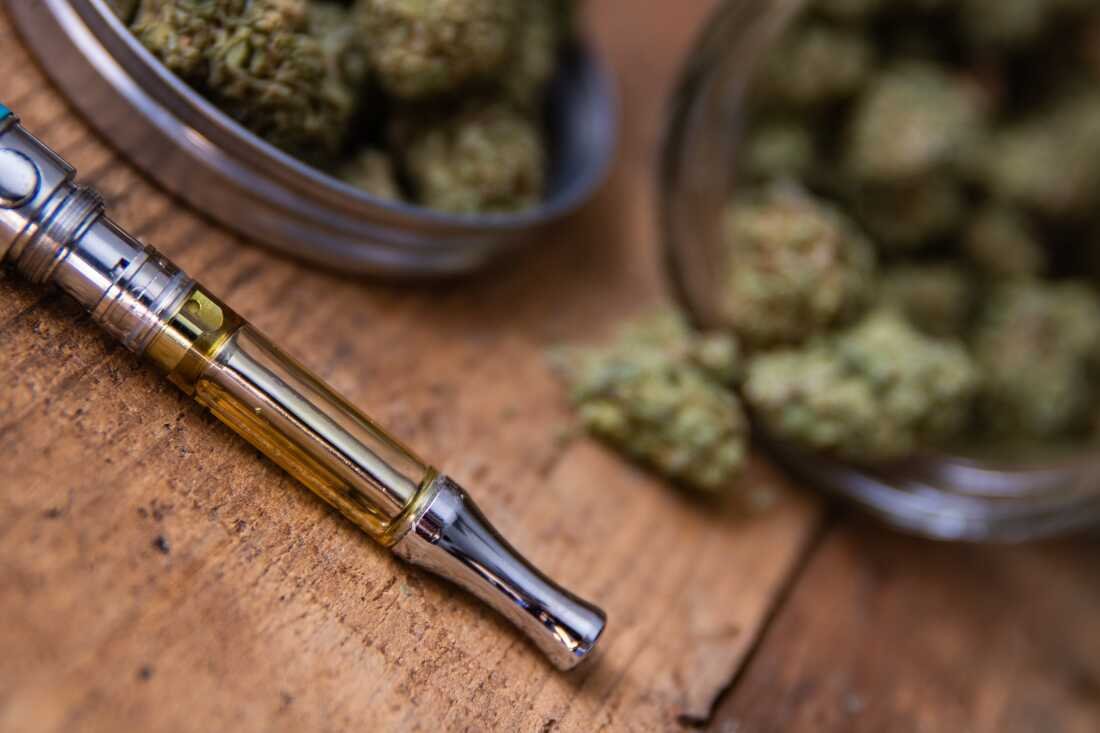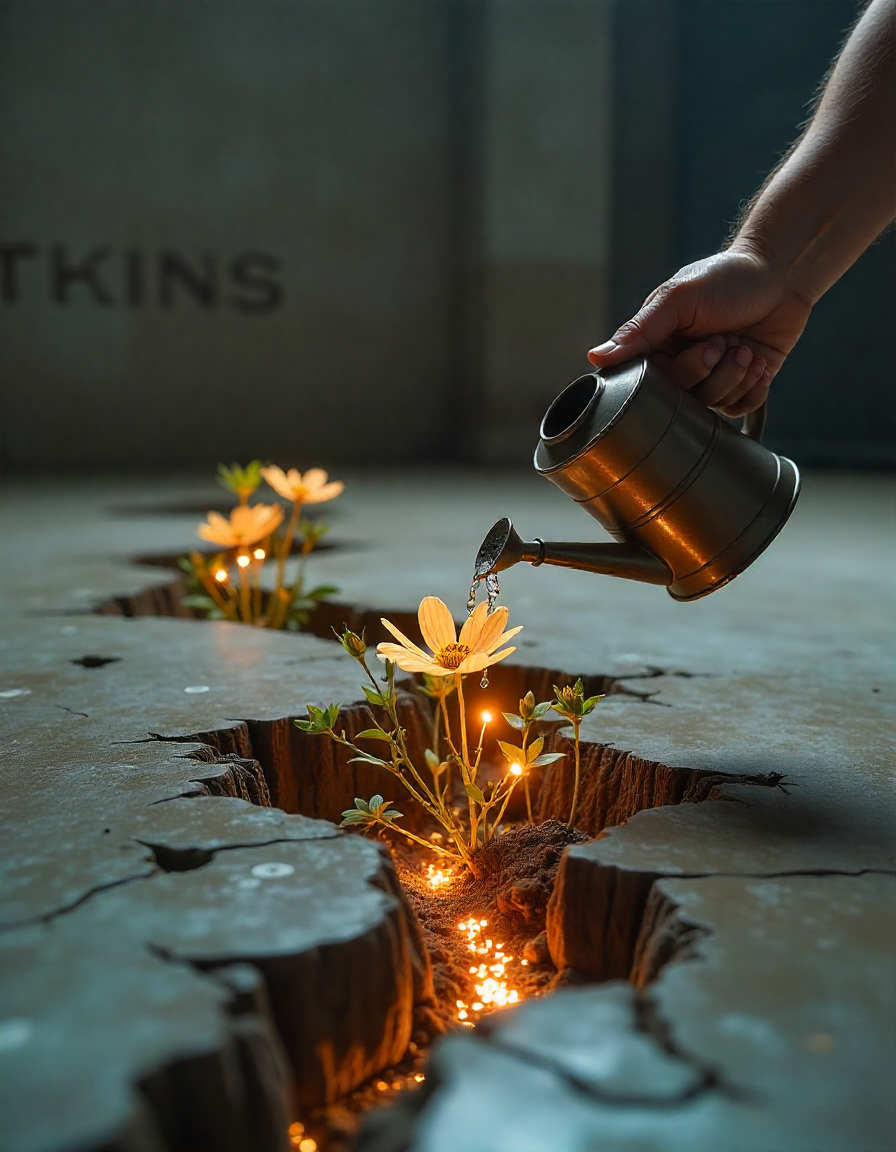Maine is a state renowned for its breathtaking landscapes, coastal charm, and tranquil forests. However, the same humid summers, snowy winters, and older homes that define Maine’s character also create the perfect environment for mold growth. Mold issues not only tarnish your home’s appearance but also pose significant risks to your health and structural integrity.
The good news? Restoration services offer the expertise required to address mold problems effectively and protect your property long-term. This blog explores the critical components of mold restoration in Maine, from understanding why mold thrives here to professional solutions that rejuvenate your home.
Why Does Mold Thrive in Maine?
Maine’s unique climate and architectural history make it a hotspot for mold growth. Understanding these contributing factors can help you take preventive measures and identify warning signs swiftly.
A Climate That Breeds Mold
With its mix of humid summers, heavy rainfalls, and snowy winters, Maine provides the moisture levels mold needs to grow and thrive. Coastal areas, in particular, experience high humidity, while snowmelt often seeps into basements and crawlspaces, creating damp environments that foster mold.
Homes in Maine also experience significant temperature fluctuations, which contribute to condensation on walls, windows, and ceilings. This hidden moisture often remains unchecked and slowly leads to mold infestation.
Older Homes Add to the Challenge
Many homes in Maine boast charming, older designs made from wood and other organic materials. While full of character, these structures are more prone to absorbing moisture compared to modern, moisture-resistant materials. Poor insulation, older roofing systems, and out-of-date ventilation further exacerbate the issue, increasing the risk of mold growth in areas like attics, basements, and wall cavities.
The Health and Structural Risks of Mold
The common misconception that mold is merely a surface problem couldn’t be further from the truth. Its impacts run deeper, affecting both your home and health in dramatic ways.
Health Hazards
Mold spores negatively affect indoor air quality, making it a considerable health concern. Breathing in these spores can cause respiratory problems, such as difficulty breathing, wheezing, and asthma flare-ups. Prolonged exposure is also known to result in chronic sinus infections, sore throats, and skin irritation.
For vulnerable groups, including children, seniors, and individuals with pre-existing respiratory conditions, these risks become even more severe. Mold’s adverse effects on health make timely removal not just advisable, but absolutely essential.
Damage to Your Home’s Structure
Mold doesn’t just affect health; it also compromises your property’s structural integrity. If left untreated, it eats away at wooden beams, drywall, and flooring, leading to costly repairs. Its rapid spread can impact insulation, HVAC systems, and even furniture, turning a manageable issue into an overwhelming—and expensive—one.
What Happens During Mold Restoration in Maine?
When dealing with mold, the approach matters. Professional restoration services operate using proven methods to ensure thorough treatment and long-term prevention.
1. Comprehensive Inspection
Every restoration process begins with an in-depth inspection. Experts use advanced tools like moisture detectors and thermal cameras to locate all areas of growth—both visible and hidden. They also assess the cause, recognizing whether leaks, condensation, or insufficient ventilation are contributing to your mold problem.
Identifying the type of mold is another critical step. Some types, such as black mold, carry significant health risks and require specialized protocols for safe removal.
2. Containment
Once identified, the affected areas are carefully sealed off to prevent the mold from spreading. Negative air pressure systems and plastic sheeting barriers ensure that disturbed spores do not migrate to other parts of your home.
Containment is a vital stage, especially when dealing with large-scale infestations. Without it, lingering airborne spores can reinfect previously treated spaces.
3. Removal and Cleaning
Mold professionals use industrial-grade products and HEPA vacuums to remove mold colonies from all contaminated surfaces. Severely damaged materials, such as drywall or insulation, are carefully removed and replaced.
The cleaning process doesn’t stop at removal. Surfaces are treated with antimicrobial sprays to kill residual spores and prevent regrowth.
4. Air Quality Restoration
Restoring air quality is essential to eliminating the effects of mold. Air scrubbers and HEPA filtration systems are deployed to cleanse the air of harmful spores. This process ensures your home is not only mold-free but also safe to inhabit.
5. Prevention Strategies
Finally, professionals work to address the root causes of your mold problem. They may recommend repairs, such as sealing foundation cracks or fixing roof leaks, as well as upgrades, like installing dehumidifiers or improving ventilation in moisture-prone rooms.
Taking Preventative Steps at Home
Mold is persistent, but preventative measures can keep it at bay. By addressing risk factors proactively, you can reduce the likelihood of mold returning to your home.
Control Humidity Levels
Keeping indoor humidity below 50% is crucial. Use a hygrometer to monitor moisture levels and invest in dehumidifiers for high-risk areas, such as basements or bathrooms. Properly venting spaces like kitchens and laundry rooms will also help control moisture.
Address Water Intrusion
Eliminate potential sources of excess moisture by inspecting for leaks around doors, windows, and plumbing. Ensure gutters are working properly to direct rainwater away from your foundation and consider installing a sump pump if your basement is prone to flooding.
Regular Inspections
Even if you don’t notice obvious signs, periodic inspections for damp patches, discoloration, or unusual odors can help catch mold problems early. Early detection minimizes the extent of potential damage and keeps remediation costs low.
Why Professional Mold Restoration Is Worth It
While quick DIY solutions might seem like a cost-effective approach, they rarely address the underlying issues contributing to mold growth. Professional mold restoration offers several advantages that ensure the problem is fully resolved.
Lasting Results
With a focus on long-term prevention, professional services go beyond surface cleaning. They fix root causes, providing homeowners with peace of mind and eliminating the worry of recurrence.
Safer Practices
Experts adhere to industry safety standards to protect you, your family, and the restoration team. From sealing contaminants to using protective gear, professional protocols minimize risks during and after the mold removal process.
Faster and More Effective
Equipped with specialized tools and years of experience, mold removal specialists work efficiently to restore your home promptly. Their expertise in handling complex cases ensures comprehensive cleanup with no missed areas.
For homeowners seeking professional assistance, trusted local experts in Mold restoration in Maine can help tackle mold issues quickly and effectively.
Restoring Health and Peace of Mind
Mold restoration is about more than removing visible colonies; it’s about safeguarding your health, protecting your property, and promoting better indoor air quality. Especially in Maine, where moisture challenges are ubiquitous, regular upkeep and professional restoration services can make all the difference.
If you suspect mold is threatening your home’s safety, act now. Professional mold restoration not only reverses damage but also prevents future problems, ensuring a cleaner and healthier space for years to come. Don’t wait—restore your home and your peace of mind today!




